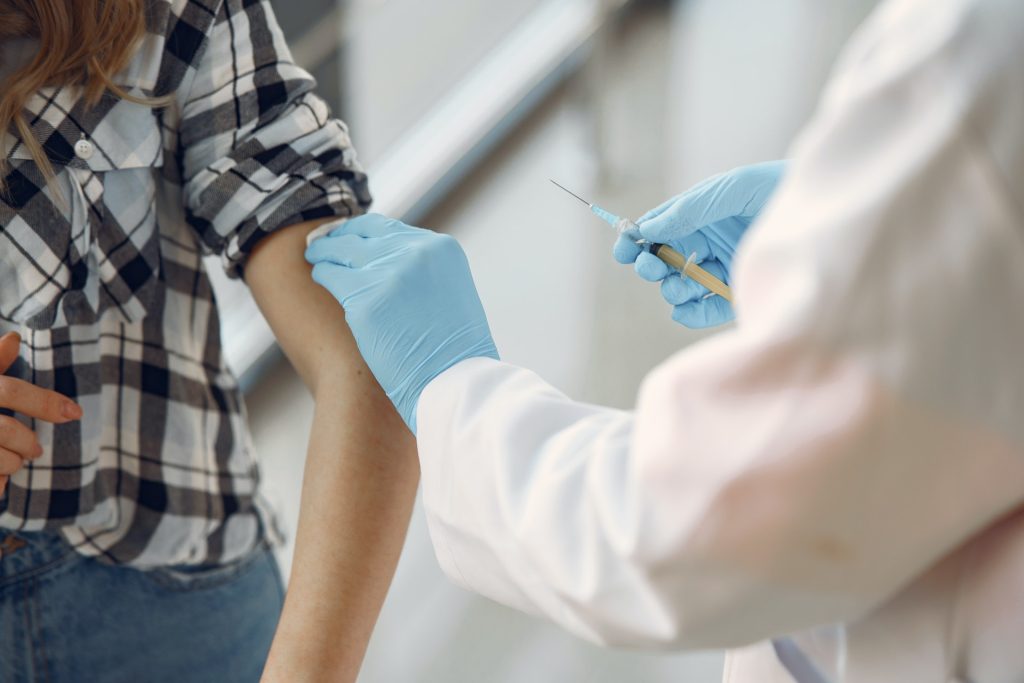Tech Transfer for Local mRNA Vaccine Production

South Africa is planning to make vaccines locally using messenger RNA, the breakthrough technology of the global COVID vaccination effort – and once nearly consigned to the dustbin of medical research history.
The World Health Organization (WHO) and its COVAX partners are working with a South African consortium comprising Biovac, Afrigen Biologics and Vaccines, a network of universities and the Africa Centres for Disease Control and Prevention (CDC) to establish its first COVID mRNA vaccine technology transfer hub.
This follows WHO’s global call for Expression of Interest to establish COVID mRNA vaccine technology transfer hubs to scale up production and access to COVID vaccines. The partners will negotiate details with the South African government and public and private partners both local and international.
South African President Cyril Ramaphosa said: “The COVID pandemic has revealed the full extent of the vaccine gap between developed and developing economies, and how that gap can severely undermine global health security. This landmark initiative is a major advance in the international effort to build vaccine development and manufacturing capacity that will put Africa on a path to self determination. South Africa welcomes the opportunity to host a vaccine technology transfer hub and to build on the capacity and expertise that already exists on the continent to contribute to this effort.”
“This is great news, particularly for Africa, which has the least access to vaccines,” said Dr Tedros Adhanom Ghebreyesus, WHO Director-General. “COVID has highlighted the importance of local production to address health emergencies, strengthen regional health security and expand sustainable access to health products.”
The announcement follows the recent visit to South Africa by French President Emmanuel Macron, who gave his country’s commitment to aiding local vaccine production.
“Today is a great day for Africa. It is also a great day for all those who work towards a more equitable access to health products. I am proud for Biovac and our South African partners to have been selected by WHO, as France has been supporting them for years,” said President Macron. “This initiative is the first of a long list to come, that we will keep supporting, with our partners, united in the belief that acting for global public goods is the fight of the century and that it cannot wait.”
Technology transfer hubs are training facilities where the technology is established at industrial scale and clinical development performed. Interested manufacturers from low- and middle-income countries can receive training and any necessary licences to the technology, assisted by the WHO and partners.
Biovac is a bio-pharmaceutical company resulting from a partnership formed with the South African government in 2003 to establish local vaccine manufacturing capability for the provision of vaccines for national health management and security.
Afrigen Biologics and Vaccines is a biotechnology company focuses on product development, bulk adjuvant manufacturing and supply and distribution of key biologicals to address unmet healthcare needs.
The organisations complement one another, and can each take on different roles within the proposed collaboration: Biovac will be the developer while Afrigen is the manufacturer, with a consortium of universities as academic supporters providing mRNA know-how. Africa CDC will provide technical and regional support.
The South African consortium has existing operating facilities with available capacity and experience in technology transfers. It is also a global hub that can start training technology recipients immediately.
The WHO is speaking to a number of pharmaceutical manufacturers about establishing the hub, though the talks are so far mainly with “smaller companies,” said Soumya Swaminathan, WHO’s chief scientist. “We are having discussions with the larger companies with proven mRNA technology,” she added.
The mRNA vaccines may be produced in South Africa within 9 to 12 months, she said. WHO’s call for expressions of interest has so far generated 28 offers to either provide technology for mRNA vaccines or to host a technology hub or both.
It is the first time that messenger RNA technology has been used to make vaccines, which has been used by Moderna and Pfizer/BioNTech. They have proven very effective against the original SARS-CoV-2 strains and even against its more recent variants.
Source: World Health Organization





